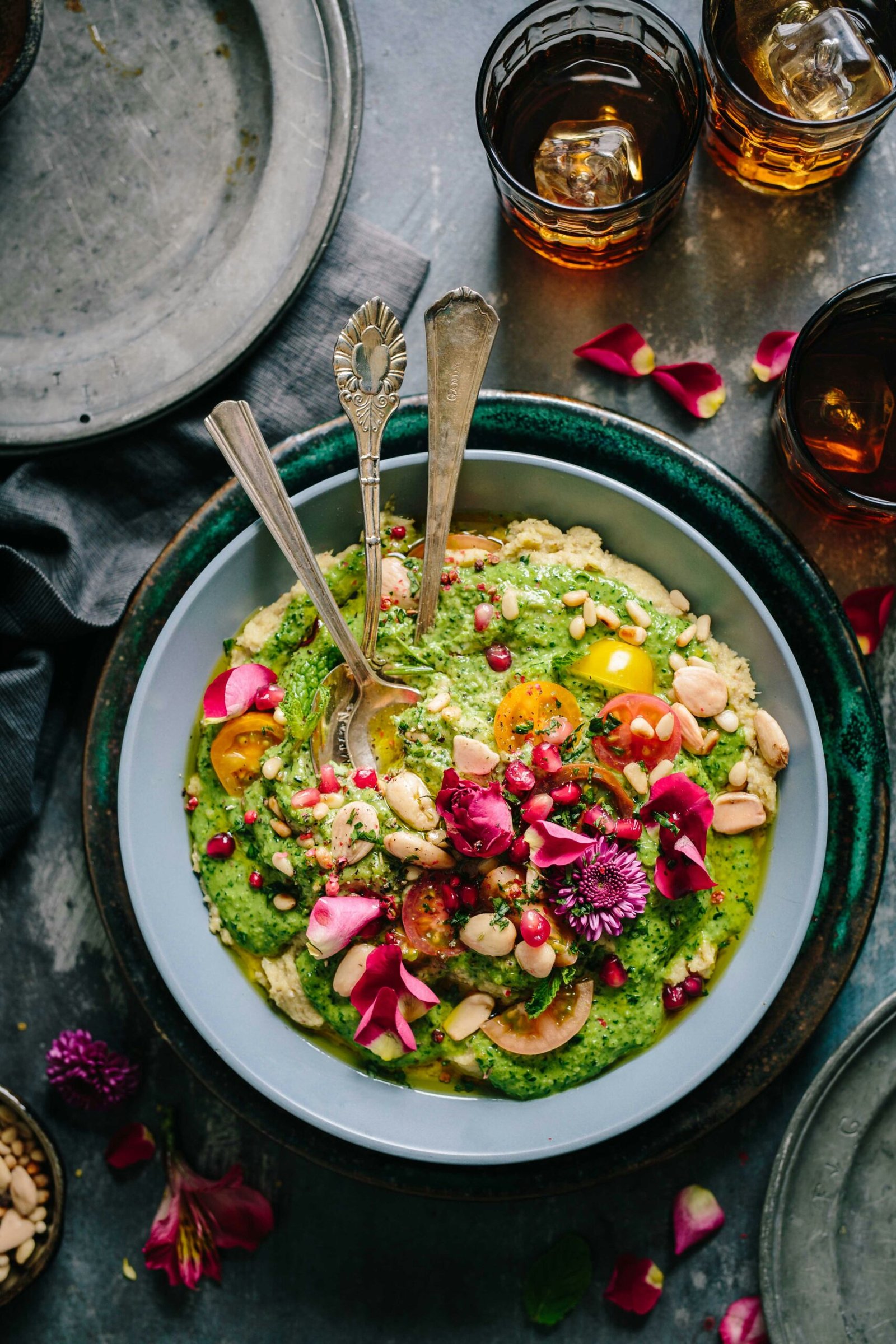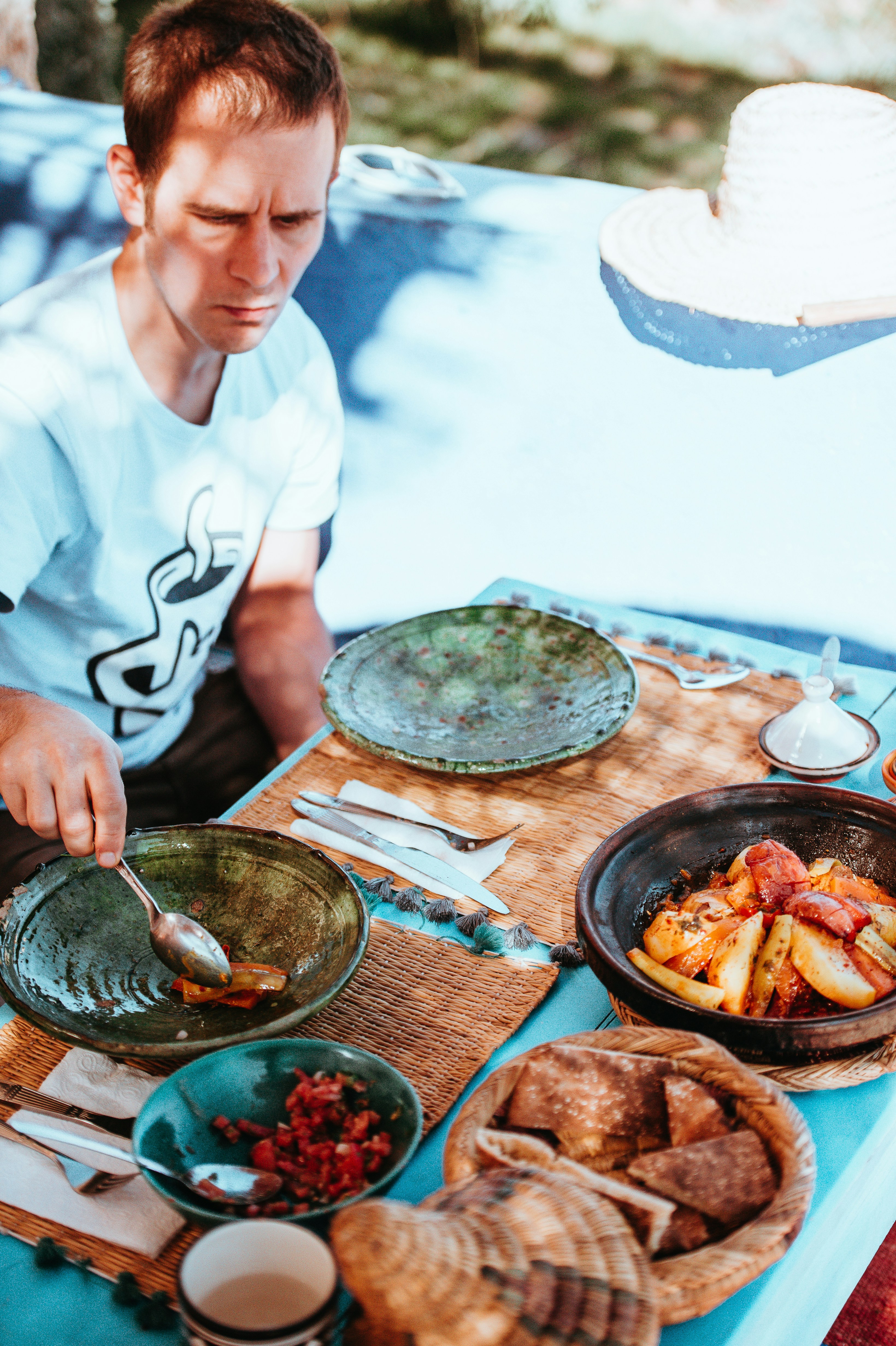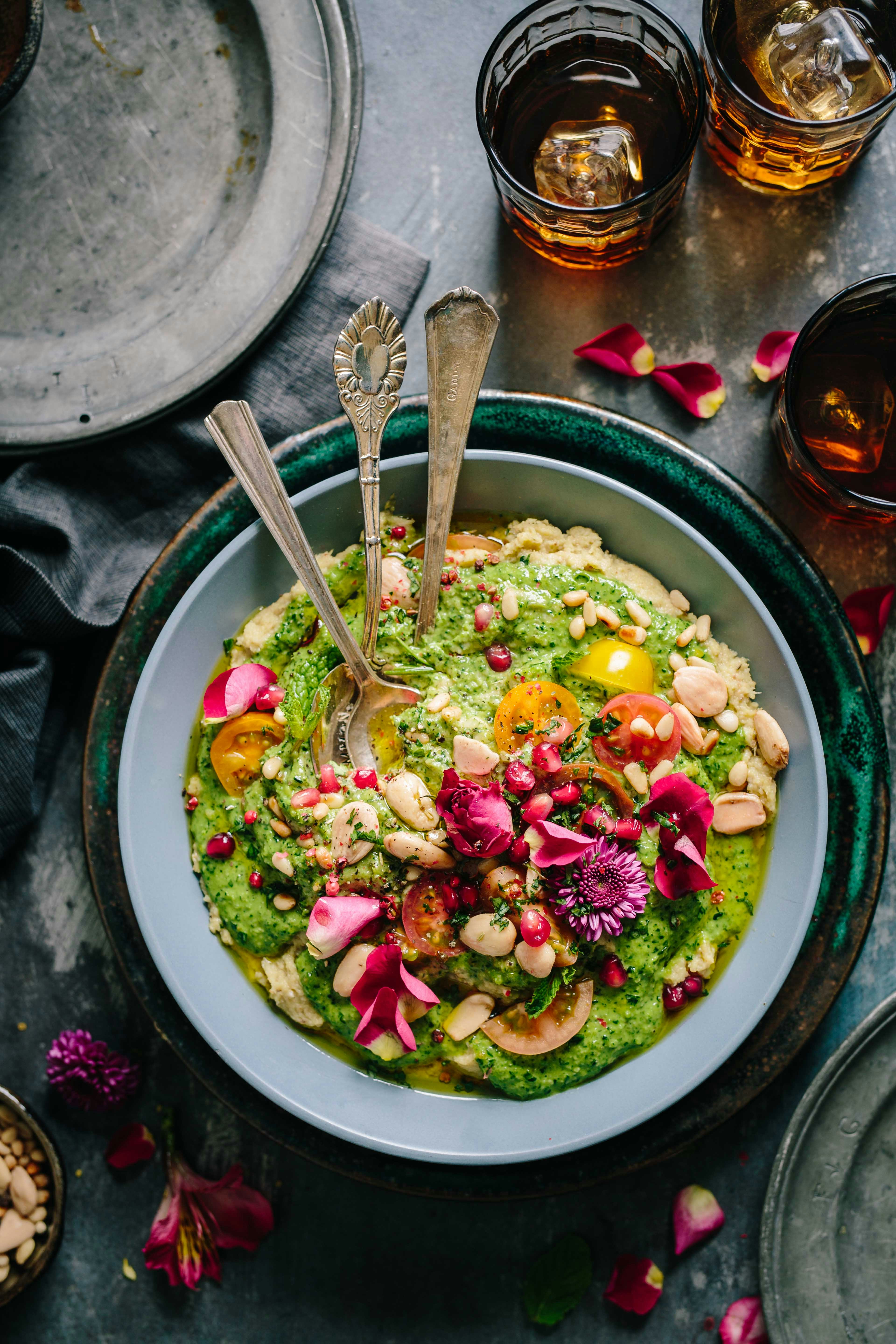Have you ever wondered what stories and traditions lie behind the foods that different cultures cherish? Food is not just sustenance; it tells tales, represents heritage, and nurtures community ties. If you’re ready to take an enriching cultural journey through food, read on as we explore ten fascinating cultural food traditions from around the world. This journey will be both delicious and enlightening.
1. Japanese Tea Ceremony – The Art of Tea
The Japanese Tea Ceremony, also known as “Chanoyu”, “Sado” or “Ocha”, is not merely about drinking tea; it’s a meditative practice steeped in precision and grace. Dating back to the 9th century, the ceremony centers around the preparation and presentation of matcha (powdered green tea). Every movement and gesture in this practice is deliberate, illustrating a deep respect for the tea, utensils, and guests.
Significance and Rituals
The tea ceremony embodies the values of harmony, respect, purity, and tranquility. Participants typically gather in a purpose-built tea house or a serene garden. The tatami mats, kimono attire, and the incense burning add layers of tranquility to the ambiance. The host meticulously prepares the tea, following centuries-old steps, from cleaning the utensils to whisking the powdered tea with precise wrist movements.
Tea and Treats
Tea ceremonies often include a modest meal (kaiseki) followed by delicate sweets (wagashi) designed to complement the bitter notes of the matcha. Commonly shaped like seasonal themes—flowers for spring, leaves for autumn—these sweets highlight the Japanese aesthetic and attention to detail.
2. Mexican Day of the Dead – Food as Tribute
Celebrated on November 1st and 2nd, the Mexican Día de Los Muertos (Day of the Dead) is a vivid, joyous event that honors deceased loved ones with offerings, including various foods. Contrary to its macabre name, it’s a celebration of life, showcasing a blend of indigenous traditions and Catholic influences.
Altar Offerings
Families construct elaborate altars (ofrendas) adorned with photos, marigold flowers, and food offerings to entice spirits back to the realm of the living. Traditional foods like pan de muerto (a sweet bread) and sugar skulls symbolize the cyclical nature of life and death.
Traditional Dishes
Mole, tamales, and atole are among the staples for this celebration. Each dish and ingredient is laden with symbolic meanings—mole represents the blending of cultures, while tamales are a nod to the ancient Mesoamerican diet.
3. Indian Thali – A Symphony of Flavors
In the Indian subcontinent, a thali is more than just a meal; it epitomizes unity in diversity. The word “thali” translates to “plate” and refers to a complete meal served on a single platter. This regional staple varies drastically across India but consistently aims to offer balance, variety, and completeness.
Components of a Thali
A typical thali includes multiple small bowls filled with various dishes—curries, vegetables, dals (lentils), rice or bread, chutneys, and desserts. Each element serves both a nutritional and sensory purpose: carbohydrates for energy, proteins for muscle repair, and vegetables for vitamins and minerals.
Regional Variations
From the spicy Rajasthani thali to the subtly flavored Kerala Sadya, each region of India prides itself on its thali variations. While a North Indian thali might feature rich paneer dishes and buttery naan, a South Indian thali could include tangy sambars and crispy dosas.
4. Ethiopian Coffee Ceremony – Brewing Relationships
Coffee in Ethiopia is far more than a caffeine fix; it’s a key social event. The Ethiopian Coffee Ceremony is a centuries-old tradition involving the custom of brewing coffee from scratch. It’s a symbolic act of hospitality, friendship, and respect.
The Ceremony
The ceremony typically takes place three times a day—morning, noon, and night, each lasting about an hour. Fresh green coffee beans are roasted over open flames, then ground using a mortar and pestle. The coffee is brewed in a special pot called a jebena and served in small cups.
Social Bonding
Guests often gather in a circle, sharing three rounds of coffee, each weaker than the last, signifying the deepening of relationships. The aroma of incense and the sounds of traditional music imbue the event with a sense of ritual and reverence.
5. French Baguette – A National Symbol
Few things evoke the essence of French culture like the iconic baguette. This crusty, elongated loaf is a staple in nearly every French household, symbolizing the importance of bread in French cultural and gastronomic heritage.
The Bread of Life
Originally regulated by law to ensure its quality, French baguettes are made from a simple yet precise recipe: flour, water, yeast, and salt. The skill of the baker lies in the technique—how the dough is kneaded, shaped, and scored before baking.
Daily Rituals
Napoleon Bonaparte is often credited with popularizing the daily baguette, as his bakers created a loaf that soldiers could easily carry in their uniforms. Today, visiting a local boulangerie (bakery) for a fresh baguette remains a cherished French tradition, often signifying community as people line up each day for their daily bread.
6. Chinese New Year – Reunion and Fortune Foods
Chinese New Year, or Spring Festival, is one of the most significant holidays in China, celebrated with an array of traditional foods that embody wishes for prosperity, longevity, and happiness for the coming year.
Symbolic Dishes
Each dish served during Chinese New Year has symbolic meanings based on how it looks or how its name sounds. For example, fish (鱼, yu) is often eaten for prosperity because its pronunciation is similar to the word for “surplus.” Dumplings (饺子, jiǎo zi) resemble ancient Chinese money, symbolizing wealth.
The Reunion Dinner
The focal point of the celebrations is the “Reunion Dinner” on New Year’s Eve, where families gather for a hearty meal. Common dishes include longevity noodles, sweet rice balls, and sticky rice cakes, each representing good fortune for the new year.
7. Italian Sunday Lunch – Gathering Around the Table
In Italy, Sunday Lunch, or “Pranzo della Domenica,” is more than just a meal; it’s a family institution. This weekly event is marked by slow-cooked meals enjoyed over several courses and hours, epitomizing the Italian saying “La dolce vita” — the sweet life.
Multi-Course Feast
A traditional Sunday lunch often includes multiple courses: antipasto (starters), primo (first course), secondo (main course), contorno (side dish), and dolce (dessert). Dishes like lasagna, roast meats, and tiramisu reflect regional differences but share the common thread of comfort and indulgence.
Family and Food
The tradition emphasizes spending quality time with family and friends. It serves as a moment to pause, connect, and enjoy the simple pleasures of home-cooked food and good company.
8. Turkish Meze – A Palette of Tastes
Meze is an essential aspect of Turkish dining culture, offering a selection of small, flavorful dishes intended to be shared among friends and family. Comparable to Spanish tapas, meze reflects the social nature of dining in Turkey.
Variety and Flavors
Typical meze dishes include hummus, baba ganoush, dolmas (stuffed grape leaves), and börek (pastry filled with cheese or meat). These dishes are served at the start of a meal, usually accompanied by raki, Turkey’s anise-flavored national drink.
Cultural Significance
Meze is more than a meal; it’s a social event that embodies the Turkish virtue of hospitality. Sharing meze is a way to bring people together, encouraging conversation and connection.
9. Moroccan Tagine – The Cooking Pot and the Dish
In Morocco, the tagine is both a well-known cooking vessel and the name of the diverse, richly spiced stews it helps create. A staple in Moroccan cuisine, tagines perfectly capture the country’s culinary ingenuity and resourcefulness.
The Vessel
The tagine pot is made of clay and consists of two parts: a flat circular base and a conical lid that helps steam circulate, preserving moisture and flavor. The unique design makes it fantastic for slow-cooked dishes combining meat, vegetables, and an array of spices.
Sensory Delight
Typical tagines can include lamb with dates, chicken with preserved lemons and olives, or beef with prunes. Each dish beautifully balances sweet and savory flavors, often garnished with nuts and fresh herbs, creating a complete sensory experience.
10. Korean Kimchi-Making – Preserving a Tradition
Kimchi, the spicy, fermented vegetable dish, is a cornerstone of Korean cuisine. Historically, making kimchi, known as “Kimjang,” is a communal activity, signifying the importance of teamwork, community, and cultural preservation.
Seasonal Preparation
Traditionally prepared in large quantities during autumn, each household uses its own recipe, handed down through generations. Napa cabbage is typically the main ingredient, but radishes and other vegetables can also be used.
Health and Heritage
Beyond its cultural significance, kimchi is celebrated for its health benefits, including aiding digestion and boosting the immune system. It serves as a source of pride and connects Koreans to their ancestral roots.
Conclusion
Whether it’s the Zen tranquility of a Japanese tea ceremony, the lively spirit of Mexico’s Day of the Dead, or the comforting routine of breaking bread with a French baguette, food traditions offer a unique window into cultural values and histories. They are stories on plates, filled with meaning, memory, and identity. Hopefully, this culinary tour inspires you to appreciate the deeper significance behind the foods you encounter in your own life and travels.




